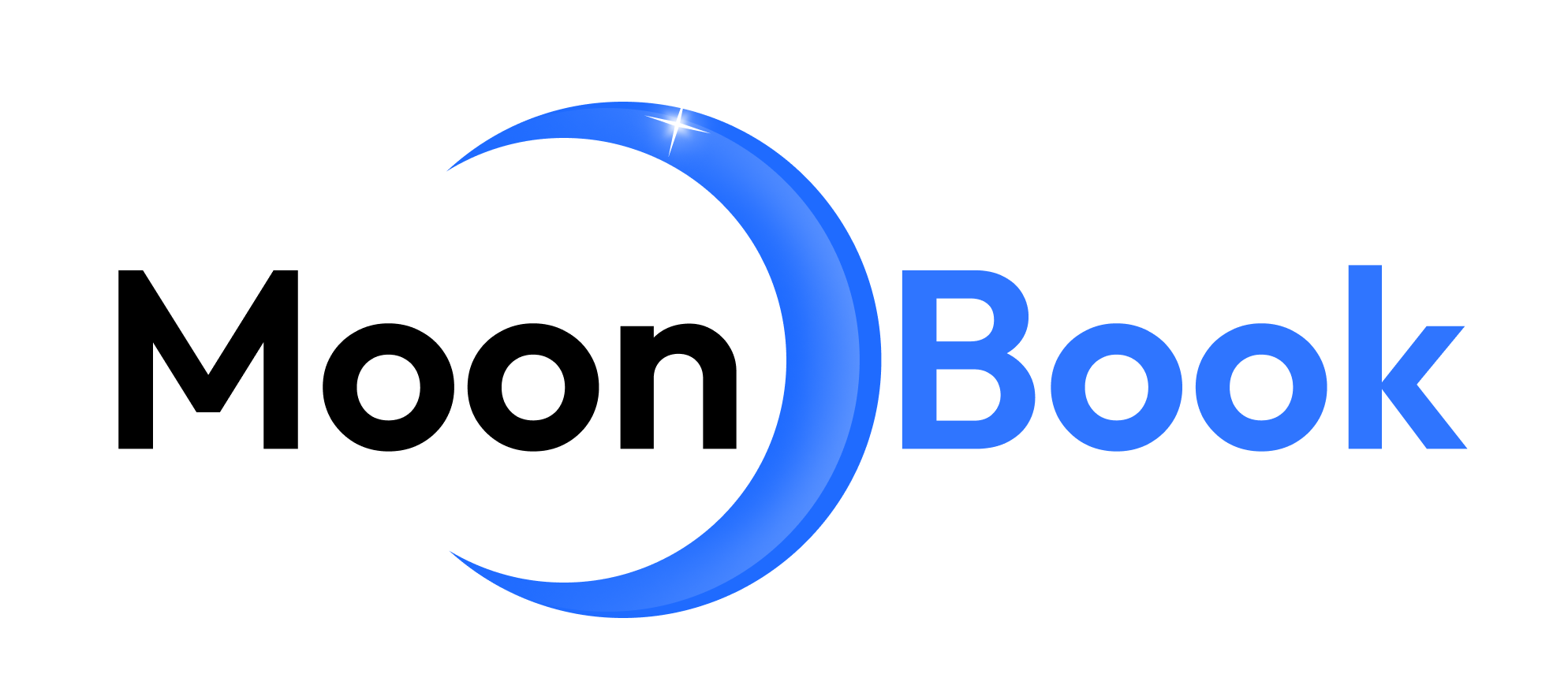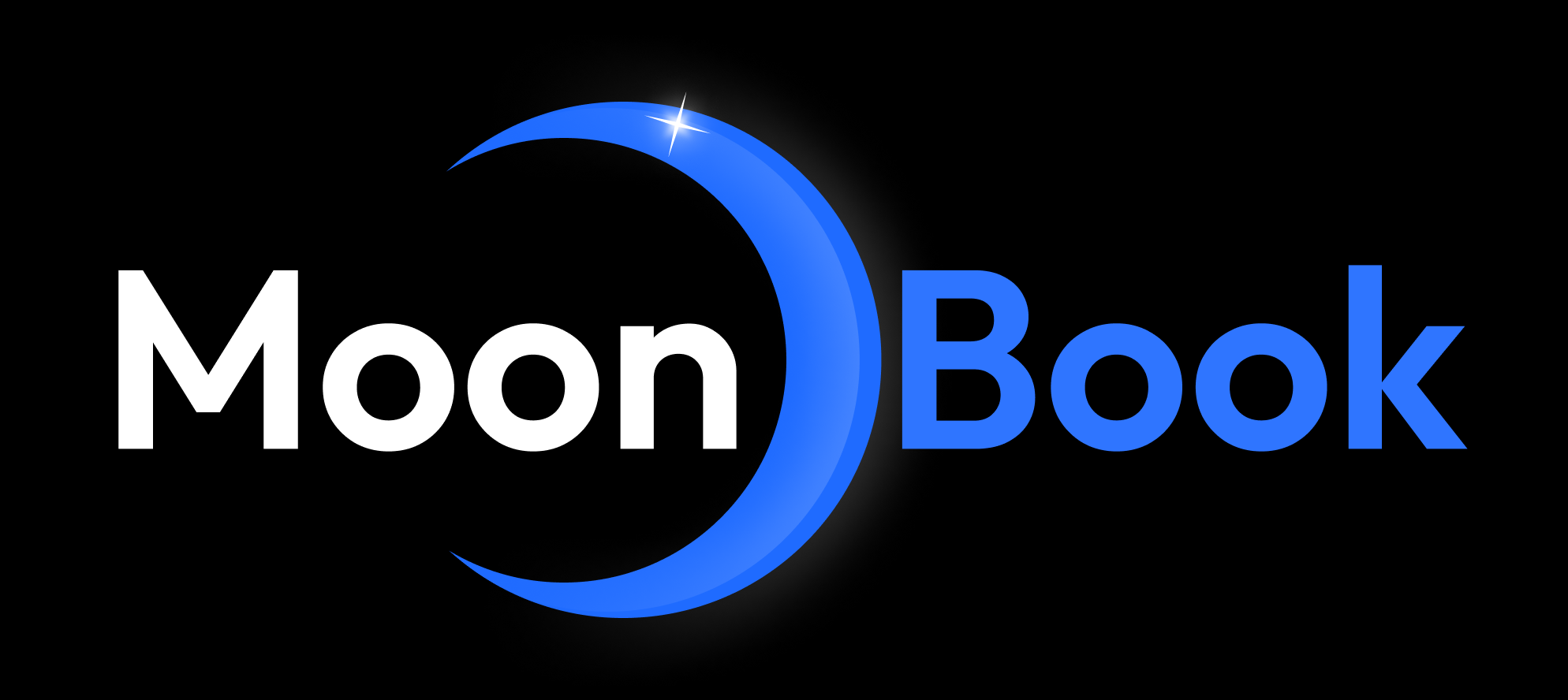The competitive environment of the Integration Platform as a Service sector is a dynamic and fiercely contested space, with market share distributed among a mix of large, established enterprise software vendors and agile, cloud-native specialists. A detailed Integration Platform as a Service (IPaaS) Market Share Analysis reveals that major players like Dell Boomi, Informatica, MuleSoft (a Salesforce company), and Microsoft hold significant portions of the market. These leaders have built their dominant positions by offering comprehensive, enterprise-grade platforms that cater to complex, hybrid integration needs. They leverage their extensive global sales channels, strong brand recognition, and vast ecosystems of implementation partners to secure large, multi-year contracts with Fortune 500 companies. Their platforms are known for their robustness, scalability, and broad connectivity, featuring thousands of pre-built connectors and extensive capabilities for API management, data governance, and B2B integration, making them the preferred choice for organizations with mature and demanding IT environments.
However, the market is far from a simple oligopoly. A vibrant segment of innovative and fast-growing players, such as Workato, Celigo, and Jitterbit, are consistently gaining market share by focusing on specific use cases, industries, or user personas. These companies often lead the market in terms of ease of use, catering to the growing demand for low-code/no-code platforms that empower citizen integrators and line-of-business users. For example, a vendor like Workato has gained significant traction by focusing on automating workflows across business departments like HR, finance, and marketing, offering recipe-based solutions that are quick to deploy. This focus on business process automation and user-friendliness allows them to effectively compete against the more complex, developer-centric platforms of the larger incumbents, particularly within the mid-market and departmental buying centers within large enterprises. Their agility and focus on specific business outcomes are key to their success in carving out a substantial share of the market.
The battle for market share is also being shaped by the strategies of major cloud infrastructure providers like Microsoft (Azure Logic Apps), Amazon Web Services (AWS Step Functions), and Google Cloud (Integration Services). These hyperscalers are increasingly embedding integration capabilities directly into their cloud platforms, offering them as native services. Their competitive advantage lies in the seamless integration with their own vast portfolios of cloud services (e.g., databases, AI/ML tools, storage) and their consumption-based pricing models, which can be highly attractive to organizations already heavily invested in their respective cloud ecosystems. This creates a complex dynamic where they are both partners and competitors to the standalone IPaaS vendors. The ongoing competition across these different segments—incumbent leaders, agile specialists, and cloud hyperscalers—is a powerful catalyst for innovation, driving the entire market to deliver more powerful, accessible, and cost-effective integration solutions.



